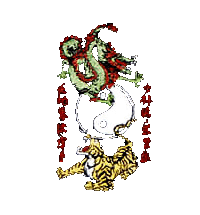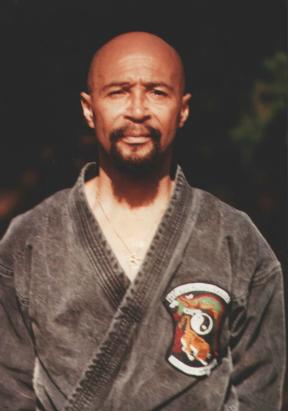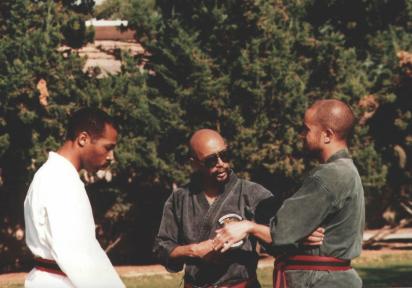| Ten-Chi Kenpo
tenchikenpo.org |
History of Ten-Chi Kenpo | ||||||||||||||||||||||||||

|
Ten-Chi Kenpo was created by master-instructor Norman Armstrong in 1974. Armstrong began his studies in 1957 while serving in the air force in Japan. Sensei’s First students took their rank in Kajukenbo a modern amalgamation of techniques. During the early 1970's, the linkage between Shotokan, Hakkoryu Jujitsu, and the Yang style of Tai Chi Ch'uan as taught by Master T.T. Liang become increasingly apparent to Master Armstrong. Having attained Dan rank in 8 legitimate systems, the threads linking them formed the first nucleus of our current practice. In the period from 1974 To Present, Master Armstrong worked with the late Nick Cerio who was formulating his own branch of Kenpo. Together with John Ribiano, they founded the United Federation Of Martial Artists. The association was beneficial to both as it provided an often-weekly laboratory for testing theory and technique. Moreover, it allowed a free interchange of technique between their respective systems. Many of these individuals would go on to become instructors in their own right. Ten-Chi Kenpo has been a fluid progressive system from its earliest days, in the slightly more than quarter century that has elapsed since its inception the Chinese influence has become increasingly pronounced. Shaolin forms have now supplanted Japanese and Okinawan forms and these now form the mainstay of the system’s solo and two person training exercises.
|
|

 Where
TCK differs from most other systems, both traditional and eclectic is in the scope and diversity of the practice.
Kicking and striking shades to grappling and leads to an internal practice for health-enhancement.
Where
TCK differs from most other systems, both traditional and eclectic is in the scope and diversity of the practice.
Kicking and striking shades to grappling and leads to an internal practice for health-enhancement.